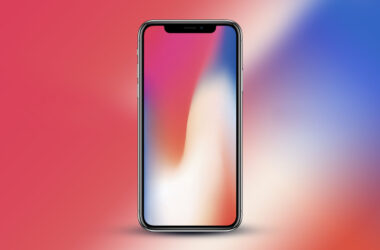Gaming on phones and tablets have certainly come a long way from that poker game that Apple released with the first App Store. There is, if not a particularly healthy ecosystem of games, at least a flood of them of all types and stripes: ports from handheld gaming devices; ports from old consoles; Flash-based games; original content built by indie game developers; big-budget tie-ins to major console and PC games.
Of most of the games on iOS (and increasingly on Android, at least the most popular ones), the vast majority of them are built for the platform because of its low barrier to entry and distribution potential, and not because of new gameplay mechanics made possible by phone and tablet hardware. In fact, in the absence of physical buttons and keys1, most games end up inventing ways to cope with a touch screen and emulate more traditional controls, often poorly.
Of all the games I’ve played on the iPad and iPhone, two stand out as the epitome of iOS gaming: Zen Bound, and The Room. I’ve been racking my brain trying to understand why I hold them in such high regard, but here’s what I’ve got so far:
- They allow you to manipulate hand-sized objects. Both games revolve around moving small objects in 3D, with the familiar swipe and pitch gestures. Remember when Steve Jobs famously claimed that you could “touch your music” with the original iPhone’s touch screen? These games make touching virtual objects feel believable.
- They forgive errors. Touch controls are imprecise, and mistaps are a frequent source of gaming frustration. Zen Bound lets the player easily reverse a bad move, and The Room only has moves that progress the game.
- They give the player time. Some say that mobile gaming design requires quick bursts of gameplay for on-the-go action, but another technique is to simply not punish the player for taking his or her time with the game. There are no real twitch gameplay mechanics in either game, and they work well either during short or long sessions of play.
Of course, there have been plenty of other great iOS games, games that I’ve personally played longer or would be more beloved. It’s easier and more profitable to port games over, or to design around existing mechanics (e.g., tower defense), so these games really deserve praise for their developers to have spent the effort tune their games for the platform’s hardware.
iOS7 supports hardware controllers, and they’re starting to come to market. And while this first batch is flawed in many ways, the biggest knock against having a separate controller is destroying the aesthetic and portability of mobile devices.↩


